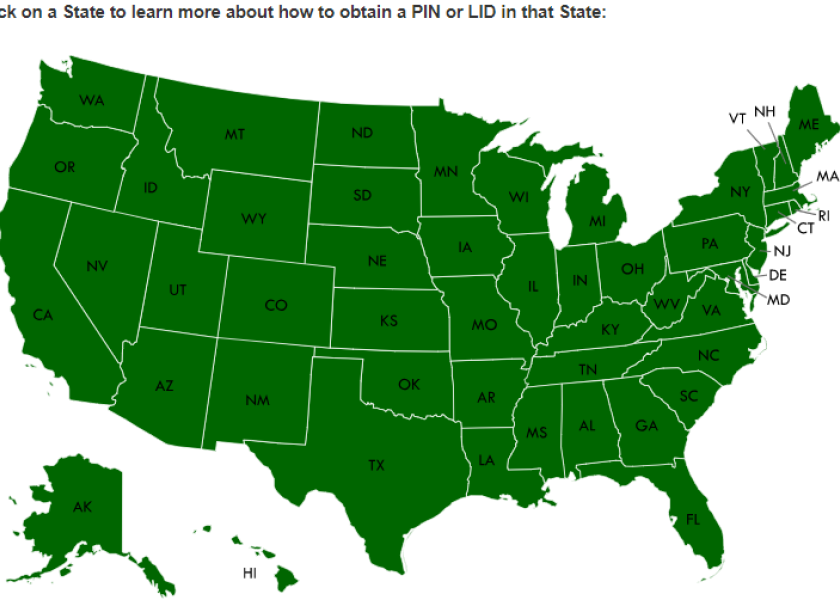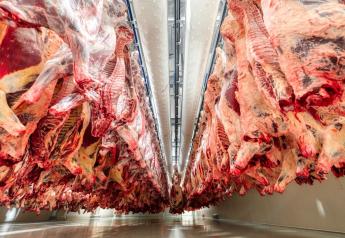USDA APHIS Launches Interactive Map for Premises ID

The United States Department of Agriculture’s (USDA) Animal and Plant Health Inspection Service (APHIS) launched an interactive website that provides livestock producers with important information. The site contains web links for obtaining premises identification numbers (PIN) and location identifiers (LID) within livestock producers' respective States. Federal PINs or state specific LIDs are unique codes permanently assigned to a physical location. PIN and LID registrations, administered by the States, allow animal health officials to quickly identify and locate animals in the event of an animal health or food safety emergency. A PIN or LID is required to purchase official animal identification tags.
This interactive map is part of APHIS’ efforts to advance the Animal Disease Traceability (ADT) program. ADT is a key component of our domestic livestock disease programs. ADT is also critical to sustaining domestic and international trade. On September 25, 2018, Under Secretary Greg Ibach announced USDA’s four overarching goals for advancing ADT to protect the long-term health and economic viability of the U.S. livestock industry. These goals include efforts to:
- Advance the electronic sharing of data among federal and state animal health officials, veterinarians and industry; including sharing basic animal disease traceability data with the federal animal health events repository.
- Deploy electronic identification tags for animals requiring individual identification to make the transmission of data more efficient.
- Enhance the ability to track animals from birth to slaughter through a system that allows tracking data points connection.
- Elevate the discussion with States and industry to work toward an electronic transmitting system for animal health certificates from private veterinarians to state animal health officials.
This interactive map compliments the infrastructure investments already made by livestock industry sectors and States in developing their traceability programs. The USDA is committed to continued collaboration to ensure we coordinate traceability efforts throughout the country.
The interactive map may be accessed here: ADT Map (PINs and LIDs).
For more on premises ID and the Animal Disease Traceability program, see these articles from BovineVetOnline:
APHIS Revises Standards for ADT Tags
APHIS Offers Funds for ID, Traceability Projects
USAHA Resolution Supports Limited Expansion of ADT Program







